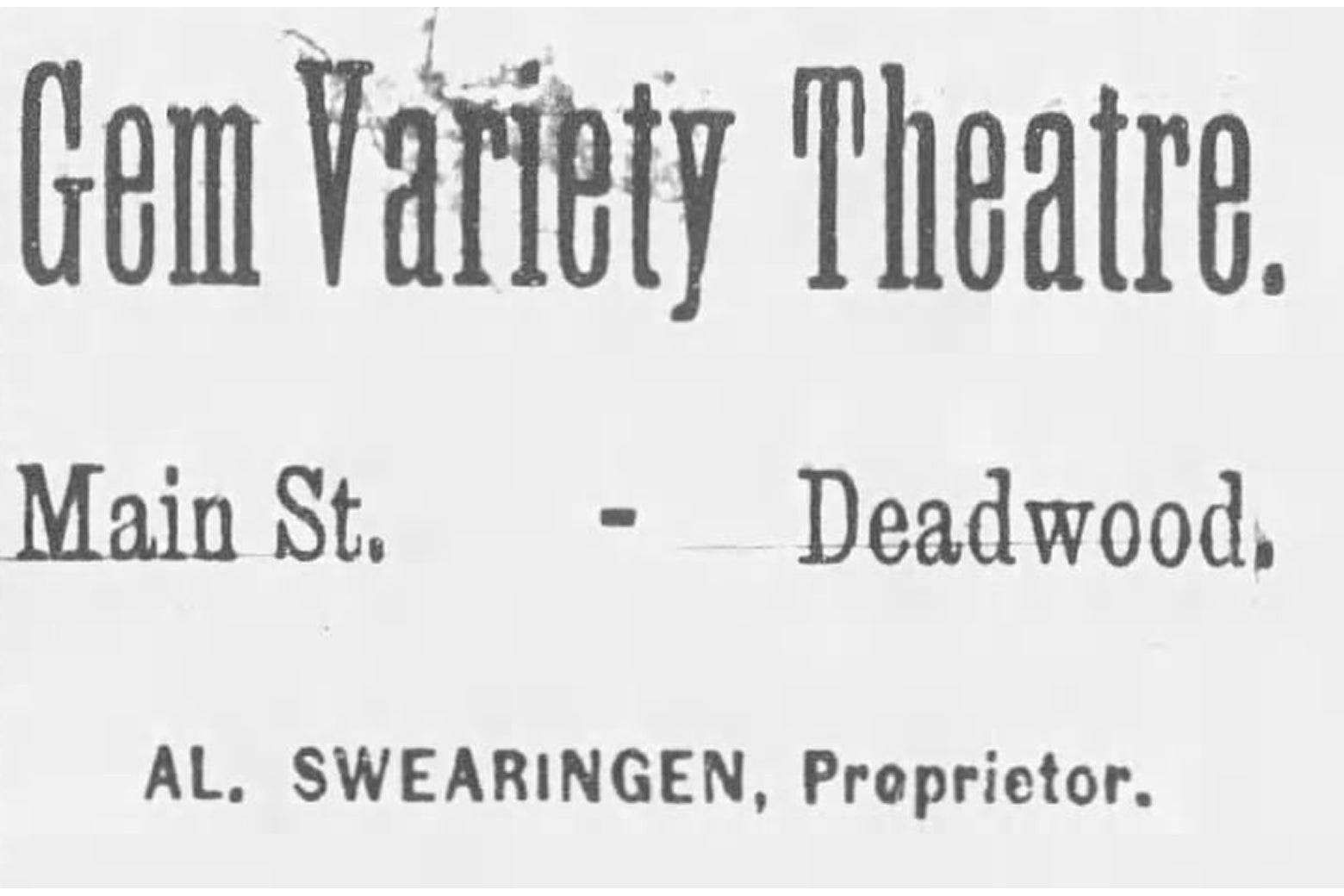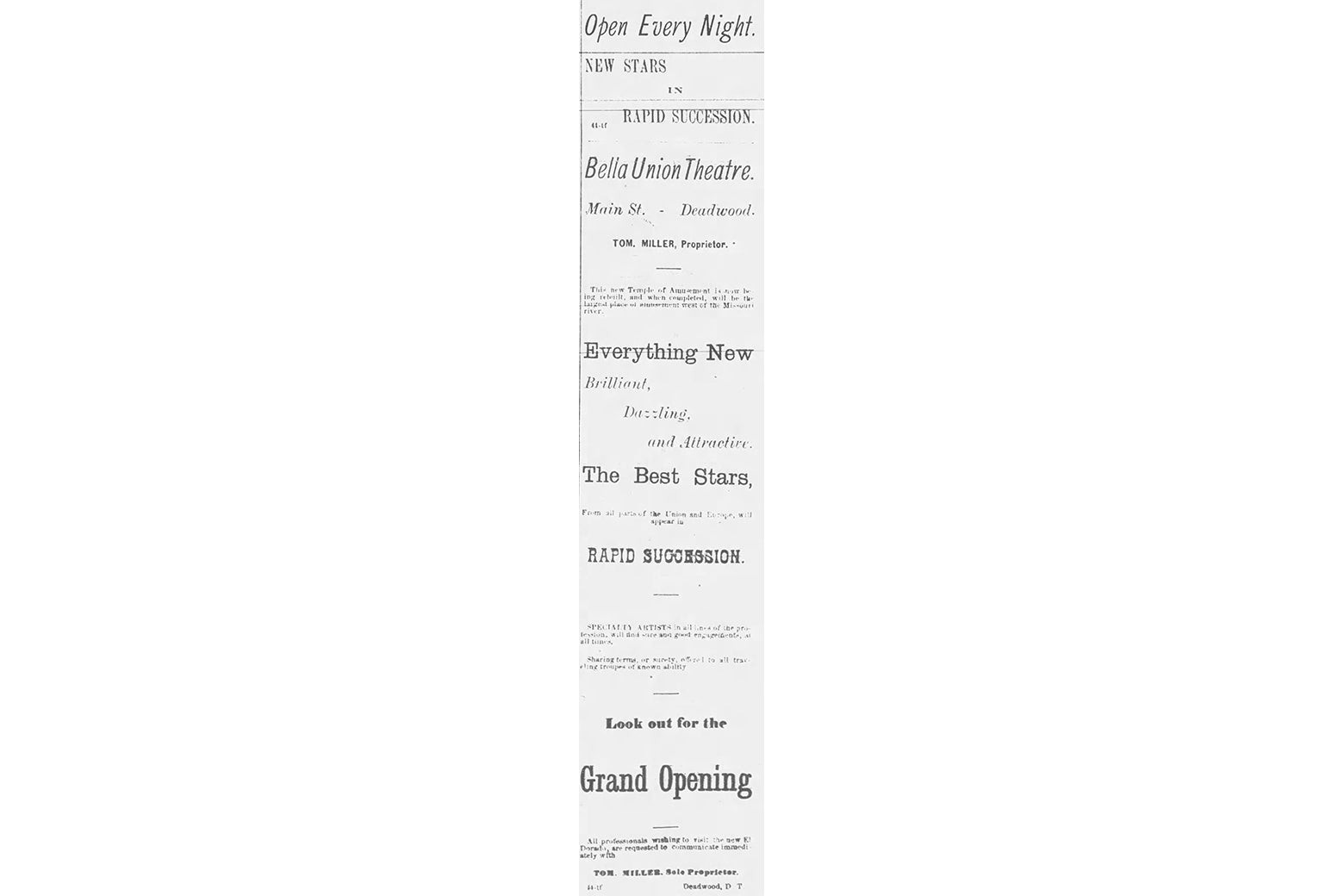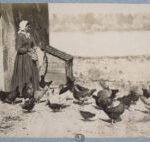As Deadwood: The Movie offered a nostalgic return to David Milch’s captivating depiction of a lawless camp evolving into a civilized town, it presents an opportune moment to delve into a genuine artifact from the Black Hills Gold Rush era: the Deadwood Pioneer Newspaper. This historical newspaper, which remarkably still operates today as the Black Hills Pioneer, played a significant role in shaping the narrative of Deadwood, both in its time and within Milch’s acclaimed television series. Just as publisher A.W. Merrick was a recurring figure in the show, the Deadwood Pioneer newspaper itself stands as a key character in understanding the town’s tumultuous early days. To truly grasp the essence of this historical publication, there’s no better way than to read it firsthand. Fortunately, the archives of the Deadwood Pioneer newspaper are readily accessible through platforms like newspapers.com, offering a fascinating window into Deadwood’s origins, starting from its inaugural issue on June 8, 1876. Exploring these archives provides an unparalleled reading experience, revealing the unfiltered voices and raw accounts that shaped the legend of Deadwood.
The Pioneer’s Voice: More Blog Than Broadside
A striking aspect of the Deadwood Pioneer newspaper is its distinct editorial voice. Far from adopting a detached, objective stance typical of modern newspapers, the Pioneer reads more like a contemporary blog. It’s immediately evident that the paper is a product of specific individuals with strong viewpoints, most notably A.W. Merrick himself. This personal touch is apparent from the very first edition, where Merrick laments the challenges of establishing a newspaper in the rough-and-tumble environment of Deadwood. His opening article, explaining the reduced size of the initial issue, is less a formal statement and more a candid, almost apologetic note to his readership, detailing the logistical nightmares of setting up a printing press amidst rain and rudimentary infrastructure.
This direct, opinionated style permeates the Deadwood Pioneer newspaper. Merrick doesn’t shy away from expressing his frustrations with the realities of running a frontier newspaper, complaining about unpaid subscriptions and businesses neglecting to advertise. His editorials are filled with city boosterism, advocating for Deadwood’s integration into the United States and passionately promoting its prospects. Furthermore, his strong opinions on the Sioux Wars and the Native American population are starkly presented, reflecting the prevailing attitudes of the time, however abhorrent they may seem today. This unfiltered perspective offers a crucial insight into the mindset of the settlers and the prevailing narratives that justified their actions in the Black Hills. The Deadwood Pioneer newspaper serves as a primary source, revealing the biases and beliefs that were instrumental in shaping the historical context of Deadwood.
Key Moments in Deadwood History, As Reported by the Pioneer
The Deadwood Pioneer newspaper provides a unique lens through which to view pivotal events that shaped Deadwood’s history, some of which are vividly portrayed in the Deadwood series. Reading the original accounts in the Pioneer offers a fascinating comparison to their dramatized counterparts.
The Assassination of Wild Bill Hickok
Perhaps the most iconic event in Deadwood’s history is the murder of Wild Bill Hickok. Interestingly, in the August 5, 1876 issue of the Deadwood Pioneer newspaper, the account of Hickok’s assassination is not front-page news. Instead, it appears in the fourth column of the last page, under the headline “ASSASSINATION OF WILD BILL.” This placement itself is telling, suggesting perhaps a different sense of news prioritization in the frontier town compared to modern expectations.
The article provides a detailed, almost matter-of-fact account of the event, describing the capture of Jack McCall, the coroner’s jury, and the subsequent citizen’s trial. It highlights the rudimentary justice system in place at the time, with a judge and jury hastily assembled from the town’s residents. The Pioneer’s report meticulously details the evidence presented and the defense offered by McCall – claiming to avenge his brother’s death – culminating in the surprising verdict of “not guilty.” Reading this original report in the Deadwood Pioneer newspaper brings a raw, immediate sense to the unfolding events surrounding Wild Bill’s death and the initial, flawed attempt at justice in Deadwood.
 An ad for the Gem Saloon, reading
An ad for the Gem Saloon, reading
The Smallpox Outbreak
Another significant event depicted in Deadwood is the smallpox outbreak. The Deadwood Pioneer newspaper from August 12, 1876, covers this public health crisis, but with a different emphasis than the show. While Deadwood portrays Al Swearengen as instrumental in organizing a response and reassuring the town, the Pioneer’s article reveals a more proactive role for Merrick himself. His report, titled “Small-pox,” urges immediate action from the citizens to establish a quarantine facility and organize care for the afflicted. The tone is less about reassurance and more about a call to collective responsibility, highlighting the lack of preparedness in Deadwood for such a health emergency. The Deadwood Pioneer newspaper entry emphasizes the community’s need to self-organize and address the crisis, reflecting the frontier ethos of self-reliance.
Bella Union Versus The Gem: Entertainment in Deadwood
The rivalry between the Gem Theater and the Bella Union is a central dramatic element in Deadwood. However, the Deadwood Pioneer newspaper reveals a slightly different timeline and character for these establishments. The Bella Union, as per the Pioneer, opened in September 1876, predating the Gem, which opened in April 1877. Furthermore, the Pioneer suggests the Bella Union was more of a vaudeville theater, offering variety shows, songs, and comic acts, rather than the high-class saloon and brothel depicted in the series. Advertisements in the Deadwood Pioneer newspaper support this, with the Bella Union’s ads emphasizing its entertainment offerings.
In contrast, Al Swearengen’s initial venture, the Cricket Saloon (before the Gem), is featured in a hilarious Pioneer article detailing a 52-round prizefight. This lengthy, round-by-round account of an amateur boxing match provides a glimpse into the type of entertainment prevalent in Deadwood before the Gem Theater’s establishment. The Deadwood Pioneer newspaper paints a picture of Deadwood’s entertainment scene as evolving, with the Bella Union initially offering vaudeville-style shows and Swearengen’s establishments gradually developing into more elaborate venues.
 A very long column ad about the Bella Union.
A very long column ad about the Bella Union.
A Night at the Gem: Minstrelsy and Mayhem
When the Gem Theater finally opened, the Deadwood Pioneer newspaper review from April 21, 1877, reveals an aspect absent from Deadwood: minstrelsy. The review praises the “minstrelsy, ballad singing, banjo playing, bone rattling, tambo whacking, comic acts” at the Gem, highlighting the popular entertainment forms of the era, including blackface performances. This detail, while historically accurate for the time, was understandably omitted from the Deadwood series due to its problematic nature in modern contexts. The Deadwood Pioneer newspaper provides a more complete, albeit sometimes uncomfortable, picture of the entertainment landscape of the time.
The Pioneer’s account of the prizefight at Swearengen’s Cricket Saloon further illustrates the raw and sometimes farcical nature of entertainment in early Deadwood. The incredibly detailed, almost absurdly thorough, description of the 52-round boxing match, complete with round-by-round commentary and observations of the fighters becoming “groggy,” is both humorous and insightful. It showcases a form of entertainment that was both brutal and captivating for its audience, a far cry from the more refined (though still morally ambiguous) offerings of the Gem in the Deadwood series. This prizefight account in the Deadwood Pioneer newspaper encapsulates the wild, unpredictable spirit of Deadwood’s early entertainment.
Fact and Fiction: Reconciling the Pioneer with Deadwood
Reading the Deadwood Pioneer newspaper alongside watching Deadwood creates a fascinating dialogue between historical record and fictional adaptation. While Deadwood masterfully captures the essence of the era and many of its key figures, the Pioneer reveals the inevitable discrepancies and simplifications inherent in any dramatization. Characters’ timelines are compressed, events are reordered, and certain historical complexities are streamlined for narrative coherence.
However, the Deadwood Pioneer newspaper also validates the core spirit of Deadwood. The newspaper’s pages are filled with the same themes of lawlessness, violence, ambition, and the struggle for civilization that are central to the series. The voices and opinions expressed in the Pioneer, while often reflecting the prejudices of the time, resonate with the characters and conflicts portrayed in Deadwood. In moments, the historical accounts and the fictional portrayals align in striking ways, offering glimpses of the real individuals behind the characters and the authentic challenges faced by Deadwood’s pioneers.
Conclusion: The Enduring Legacy of the Deadwood Pioneer
The Deadwood Pioneer newspaper is more than just a historical document; it’s a portal into the past, offering a direct connection to the sights, sounds, and sentiments of Deadwood in its formative years. It reveals the town through the eyes of its contemporaries, unfiltered by historical hindsight or dramatic license. For fans of Deadwood and anyone interested in the history of the American West, exploring the archives of the Deadwood Pioneer newspaper is an invaluable experience. It enriches our understanding of the historical context that inspired the series and provides a deeper appreciation for the complex realities of life in a frontier town striving to become civilized. Just as David Milch sought to capture the rough draft of history in Deadwood, the Deadwood Pioneer newspaper itself serves as that very draft, a raw and compelling testament to a pivotal chapter in American history.

